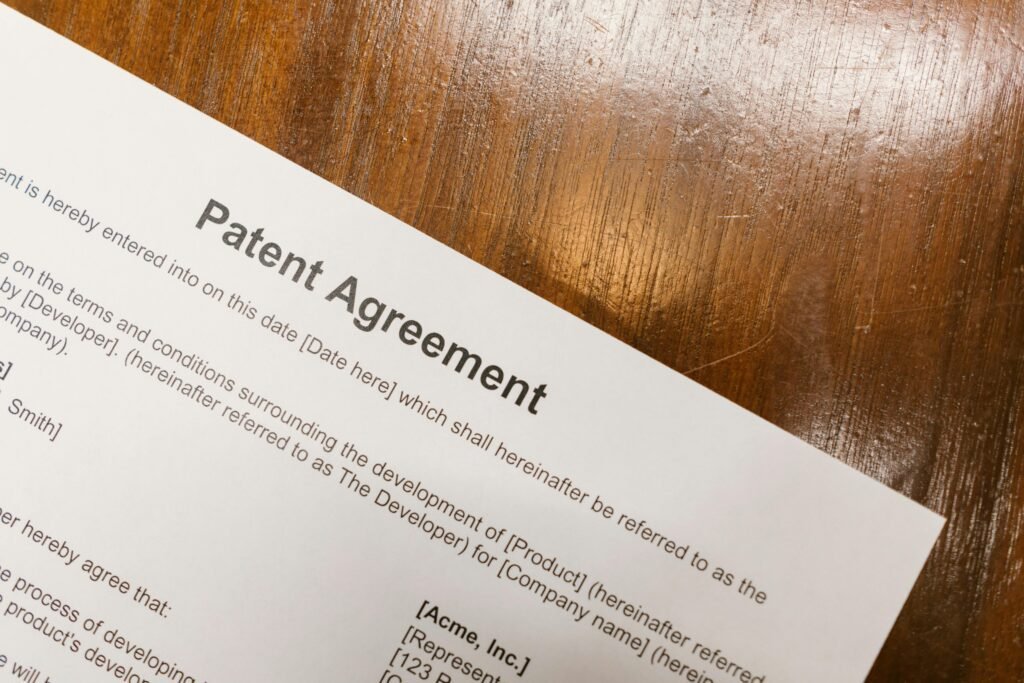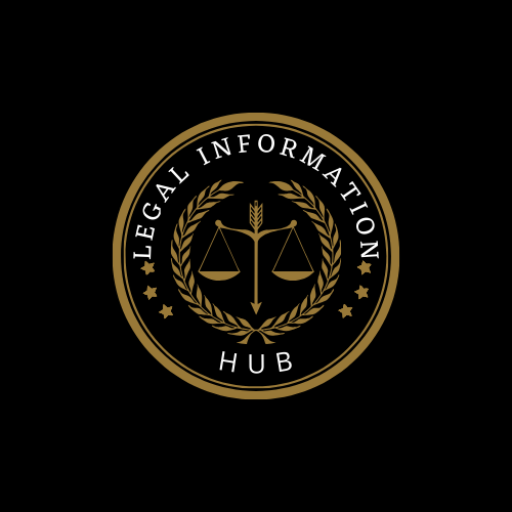Intellectual property (IP) is a cornerstone of innovation and creativity, playing a vital role in fostering technological advancements. As the digital landscape continues to evolve, so too do the challenges and opportunities associated with intellectual property rights. This article explores recent developments in Intellectual Property News and technology, highlights significant case studies, and discusses the implications for creators, businesses, and consumers.
Understanding Intellectual Property
Intellectual property encompasses legal rights that protect creations of the mind, including inventions, literary and artistic works, designs, symbols, names, and images used in commerce. The primary forms of intellectual property include:
- Patents: Protect inventions and processes for a limited time, typically 20 years.
- Copyright: Protects original works of authorship, such as music, literature, and software.
- Trademarks: Safeguard brand names, logos, and slogans from unauthorized use.
- Trade Secrets: Protect confidential business information, such as formulas and processes.
The importance of intellectual property cannot be overstated, as it incentivizes innovation, supports economic growth, and promotes fair competition.
Recent Intellectual Property News
1. Rise of Artificial Intelligence and IP Challenges
The rapid development of artificial intelligence (AI) technologies has sparked significant debates around intellectual property rights. Questions arise regarding authorship, ownership, and the potential for AI-generated works to be copyrighted or patented.
Case Study: The “Monkey Selfie” Controversy
In 2011, a macaque named Naruto took a selfie using a camera left unattended by wildlife photographer David Slater. The images went viral, leading to a legal battle over copyright ownership. The U.S. Copyright Office ultimately ruled that animals cannot hold copyright, reinforcing the idea that only human creators can claim such rights. This case illustrates the complexities surrounding copyright in the age of AI, as we grapple with the implications of machines creating original content.
2. The Impact of COVID-19 on IP Law
The COVID-19 pandemic has accelerated digital transformation and raised new challenges for intellectual property rights. Businesses shifted to online platforms, increasing the demand for robust IP protection in the digital space.
Case Study: Moderna’s Vaccine Patents
Moderna’s COVID-19 vaccine, developed with significant federal funding, prompted debates over patent rights and access to life-saving technology. The U.S. government announced it would not enforce patent rights during the pandemic to allow other manufacturers to produce the vaccine. This decision aimed to promote global access to essential healthcare while highlighting the tension between IP protection and public health interests.
3. The Evolving Landscape of Copyright Law
With the rise of streaming platforms, social media, and user-generated content, copyright law is evolving to address the complexities of the digital age.
Case Study: The “Orange Is the New Black” Copyright Dispute
In 2017, the producers of the popular Netflix series “Orange Is the New Black” faced a copyright lawsuit from the author of the memoir that inspired the show, Piper Kerman. The case centered on whether the series infringed on Kerman’s copyright by portraying events from her life without proper authorization. Ultimately, the court ruled in favor of Netflix, establishing a precedent for how adaptations of copyrighted works can be interpreted and used in the entertainment industry.
4. Trademark Law and the Digital Space
As businesses increasingly rely on online branding, trademark protection is more critical than ever. The rise of social media influencers and digital marketing presents new challenges for trademark law.
Case Study: The “Fyre Festival” Debacle
The Fyre Festival, marketed as a luxurious music festival in 2017, became infamous for its disastrous execution. The organizers misrepresented the event and faced numerous lawsuits, including trademark infringement claims. The case highlighted the importance of maintaining brand integrity and the potential consequences of misleading marketing practices. This incident serves as a reminder for businesses to protect their trademarks and ensure truthful representations in their branding.
5. Global Developments in IP Law
As technology transcends borders, international collaboration in intellectual property law has become essential. Various treaties and agreements aim to harmonize IP protection across nations.
Case Study: The Paris Convention
The Paris Convention for the Protection of Industrial Property, established in 1883, is one of the earliest international treaties aimed at harmonizing patent and trademark laws. Countries that are signatories to this treaty commit to recognizing each other’s patents and trademarks, fostering innovation and collaboration on a global scale. Recent updates to the Convention have included provisions for digital innovations, reflecting the changing landscape of IP law.

Quotes from Experts in the Field
- David Kappos, former Under Secretary of Commerce for Intellectual Property: “Intellectual property is the lifeblood of innovation, and it is vital to ensure that our IP laws evolve to meet the challenges posed by new technologies.”
- Diane Peters, General Counsel at Creative Commons: “As we embrace a digital future, we must rethink our approach to copyright and ensure that it promotes creativity and access to knowledge.”
The Future of Intellectual Property in Technology
As technology continues to advance, the landscape of intellectual property law will evolve alongside it. Key areas to watch include:
1. AI and Machine Learning
The emergence of AI and machine learning will continue to raise questions about authorship and ownership. As AI systems become more sophisticated, we may see legal frameworks developed to address the unique challenges posed by machine-generated content.
2. Blockchain Technology
Blockchain has the potential to revolutionize IP protection by providing transparent and immutable records of ownership. Innovations such as non-fungible tokens (NFTs) have already begun to reshape how we think about ownership and value in the digital realm.
3. Data Privacy and Security
With increasing concerns about data privacy and security, intellectual property laws will need to adapt to protect sensitive information. Striking a balance between innovation and consumer protection will be crucial as we navigate this evolving landscape.
Conclusion
The intersection of intellectual property and technology presents both challenges and opportunities for creators, businesses, and consumers worldwide. As we continue to explore new frontiers in innovation, it is essential to ensure that intellectual property rights are upheld and adapted to meet the needs of a rapidly changing digital landscape. By learning from real-life case studies and staying informed about developments in IP law, stakeholders can navigate the complexities of this ever-evolving field.
Citations
- U.S. Copyright Office. (2018). “Compendium of U.S. Copyright Office Practices.” Retrieved from U.S. Copyright Office
- Reuters. (2021). “Moderna Won’t Enforce Patents for COVID-19 Vaccines.” Retrieved from Reuters
- The Hollywood Reporter. (2017). “Netflix Wins Lawsuit Over ‘Orange Is the New Black’ Adaptation.” Retrieved from Hollywood Reporter
- World Intellectual Property Organization (WIPO). (2020). “Paris Convention for the Protection of Industrial Property.” Retrieved from WIPO
- BBC News. (2019). “Fyre Festival: What Went Wrong?” Retrieved from BBC
By analyzing the latest developments in intellectual property news and technology, stakeholders can better understand the implications of these changes and prepare for the future of innovation and creativity.
Also Read: The U.S. Justice System vs. the Rest of the World: Comparision View








